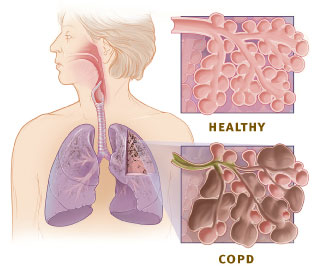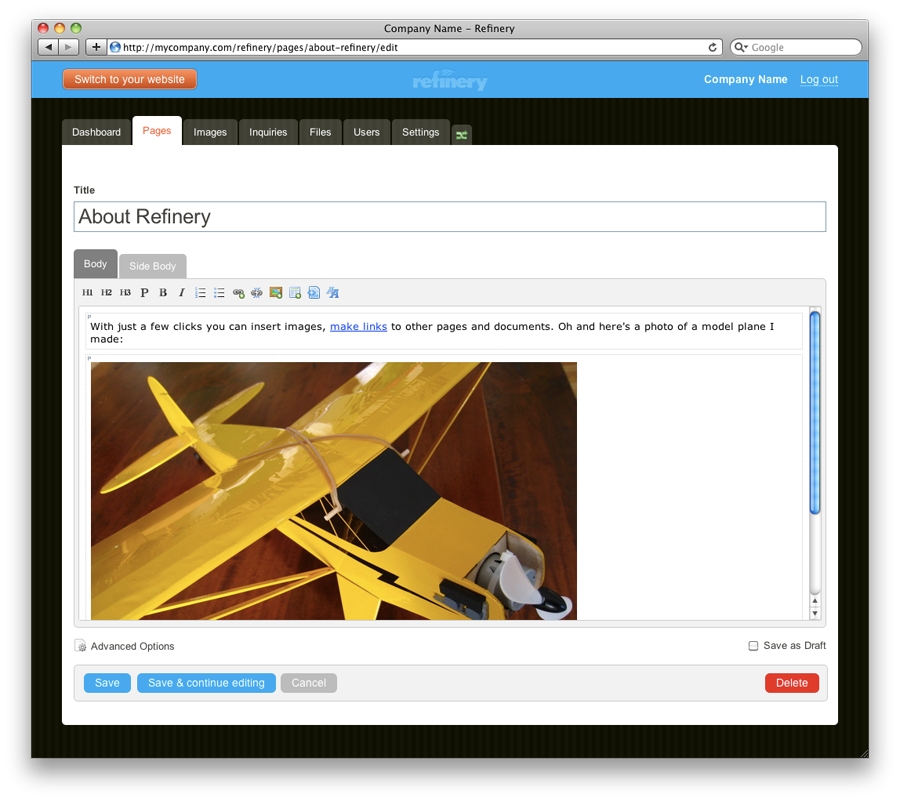Guide To The Most Common Appliances To Break
Everyone understands the value of appliances in the home. They help you wash your clothes, dry them, keep your food fresh and cool, and even wash your dishes. Unfortunately, major appliances can cause many issues if they break. At best, a faulty or failed appliance causes a disruption to the household routine. At worst, a broken appliance can cause serious household damage!
You need to know how to handle appliances when they are not working properly. In some instances, this involves buying refrigerator parts, dishwasher parts, or even washing machine parts! Of course, it is worth noting that some appliance breaks are actually inefficiencies you can fix by engaging in appliance cleaning. However, you should know about what appliances break the most often first! This helps with maintenance as well as when you need to search for a repair service!
Washing Machines
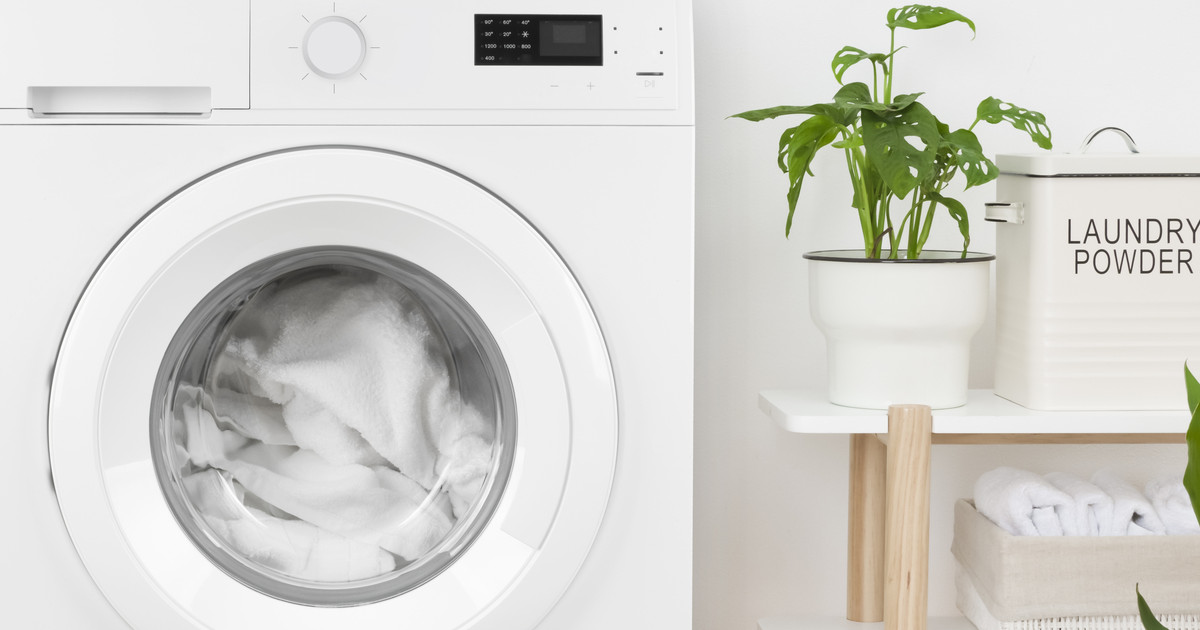
Washing machines must be sturdily built to manage their job reliably. All washing machine styles must tolerate the physical forces from moving heavy, wet clothes, resist corrosion from tap water, and separate sensitive electronics from any moisture. Interestingly, the most common failure seen in washing machines is not a mechanical fault, but a biological one. Mold growth in the washer drum or under the drum seals is one of the most reported failures. Mold in the washing machine gives clothes a foul odor and inhibits the detergent from working correctly. This is easily corrected by mixing a mold removal solution.
An effective, homemade formula consists of adding a quarter cup of lemon juice and half a cup of white vinegar to two cups of water. You should spray this solution around washer drum seals where mold is visible and wipe away the mold. At this point, it is time to add the rest of the solution to the washer drum and run the washing machine empty on its hottest setting. Once that cycle is complete, the washing machine should be free of mold. However, the process can be repeated if some stubborn spots of mold remain.
Learn about another appliance that breaks often now.
Dryers
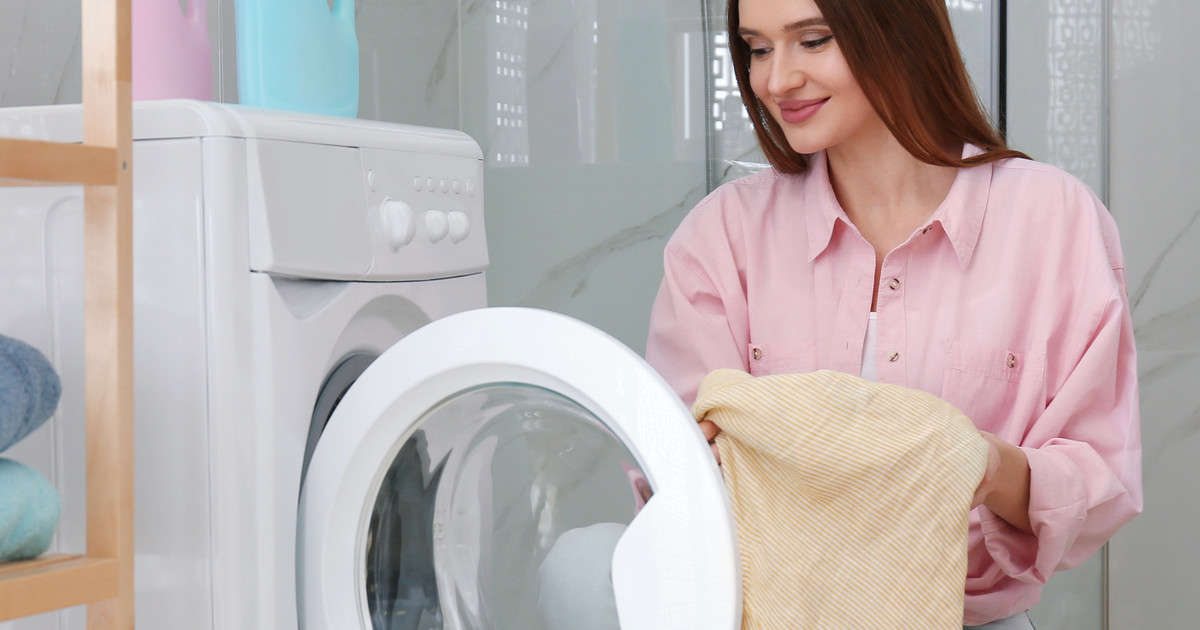
Calls to service dryers are one of the most common in the repair industry. Many of these repairs have simple solutions that you should check before calling for service. Generally, most people become concerned about dryer failure when clothes are not drying quickly or at all. If this happens to you, the first step is to check that your dryer is correctly set. Many customers have called for repair only for the repairperson to indicate that they had their dryer set to 'air dry' instead of 'heat.' The next step is to check the lint trap and vent. You need to clean the lint trap before you put each wet load into your dryer. A lint trap that is cleaned infrequently may allow lint to move into the vent pipe, which can further reduce dryer efficiency.
You can try leveling the dryer if it dries clothes effectively but is noisy. You can do this by placing a level on top of your dryer and adjusting the leveling screws on the feet of your dryer until the level reads correctly. After this, rotate the level ninety degrees and repeat the process.
Uncover more appliances that commonly break now.
Oven Ranges

Electric and gas oven ranges have unique failures depending on the type. Pilot light extinguishment or a clogged pilot light nozzle are the most common problems in gas ranges without an electric ignitor. Most range manufacturers provide instructions for lighting the pilot light. You need to follow these carefully! The instructions are often printed on the underside of the range cover that you must lift to access the pilot light. If it is apparent that little or no gas is coming out of the pilot hole, you need to clean debris from around the hole first. You can insert a small wire to do this!
After cleaning the nozzle, follow the lighting instructions supplied by the manufacturer. A poor connection between the range coil and its electrical connector is commonly responsible for issues with electric ranges. After unplugging the range, you can remove the coil by unclipping a bracket where the coil meets the range, and pulling away from the connector with a slow, steady force. You can clean the electrical contacts of both the range and connector with an approved electrical parts cleaner before reinstalling!
Get more information on appliances that break more often than others now.
Refrigerators

The most prominent concern regarding refrigerators is, naturally, when they stop cooling. The most common reason for a reduction in fridge efficiency is dirty cooling coils! The refrigerator uses the coils to vent heat into the atmosphere. If they become covered with dust, hair, or lint the coils cannot get rid of enough heat for the refrigerator to operate properly. In some cases, this reduces how cold the refrigerator can become. In other cases, it can cause the refrigeration system to overload and 'lock out' for up to a few hours.
Most refrigerators have their coils underneath them or on the back. Once you locate the coils, use a stiff brush or a vacuum to clean them. It is generally better to avoid using cleaners or water to clean the coils. Once you have cleaned the coils, your refrigerator may need some time to reset before the refrigeration system begins to operate. If it is not running correctly or at all after two to three hours, the problem may be more severe.
Discover more appliances that can break often now.
Dishwashers
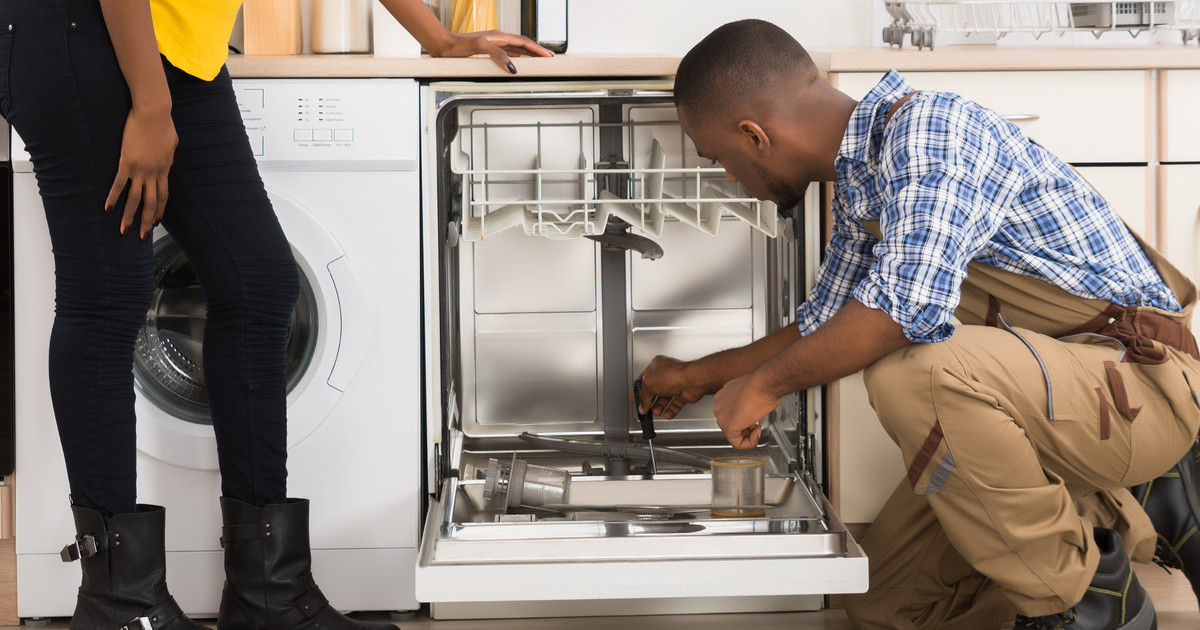
The most common complaint regarding dishwashers is not a complete failure of the dishwasher, but rather a decline in washing efficiency and cleanliness of the washed dishes. You may find yourself running your dishwasher on longer and hotter cycles to achieve the same level of cleanliness you used to get on a normal cycle. In these cases, there is usually a partial obstruction of the water flowing through the dishwasher. You can remove the dish basket and examine the floor of your dishwasher for the filter housing.
Most manufacturers provide instructions for removing and cleaning a filter within the dishwasher manual. However, if the manual is not accessible, the filter usually has some markings indicating how to remove or insert it. You should examine and clean the filter. If it is broken, larger chunks of material may have entered the water inlet. You can use a small brush to clean out the areas around where the filter is installed.
